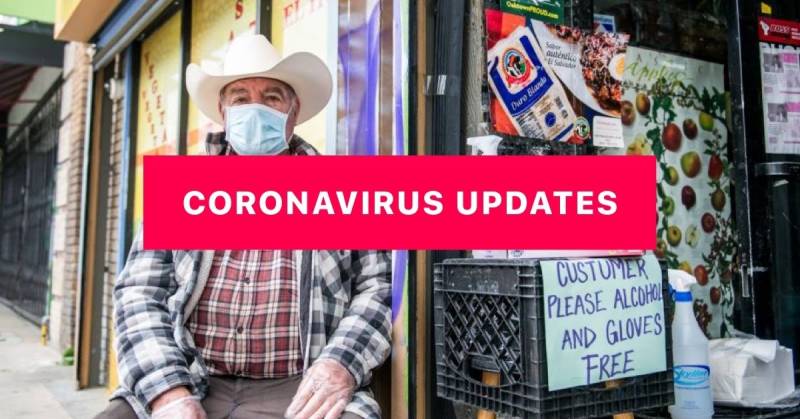Around the Bay Area, people with intellectual and developmental disabilities and their loved ones continue to cope with remote education during the pandemic. Some see it as a total loss while others have noticed small advantages amid a breakdown in learning.
Being shut out of in-person classes didn't go well for Karla Galvez's son, who was enrolled in the first grade at a public school in Contra Costa County. Her son is on the autism spectrum and has attention deficit hyperactivity disorder. He can't read because of dyslexia, so "he can't even figure out how to get to the appropriate link to be able to participate in class," she said.
She said her son "literally got to the point where he would just turn his back to the screen and, like, just answer everything with 'no.' "
So, Galvez says, she and her husband took on the second job of educating him as well as their other child.
"That's what we did during the day, put together a lesson plan, try to like figure something out, teach our kids," she said. "And then we work that night. So we just didn't sleep very much for months."
Galvez eventually moved her son to another school, which he attends in-person, and he's doing a lot better.
"I think part of the reason why he's made so much progress is because he has been ... in a mainstream environment with other little kids, and learning from other kids how to behave and how to do things," she said.
Amabelle Frias' 15-year-old son, Tad, attends a public high school in Pacifica.
He’s also on the autism spectrum, and for him, being on Zoom has actually been helpful. Tad has trouble verbalizing, and now he can type some of his answers instead of having to speak. But the loss of in-person socialization practice concerns his mom.
"He doesn’t really pick up on those kind of body language cues or social cues as quickly," she said.
Kristen Pedersen, executive director of The Arc, a wellness and workforce development center for adults with disabilities, says social distancing has meant the loss of some language for certain participants. But, Pedersen says, she sees an advantage to everything now being online — including dance sessions, which to her surprise sometimes draw more people than they did pre-pandemic.
"Maybe we would only have 60 people come to a dance, but now there are 110 on the Zoom call because they don’t have to worry about getting a ride," she said.
So, she says, even during this pandemic, there have been little flickers of opportunity.
—Polly Stryker and Jon Brooks

